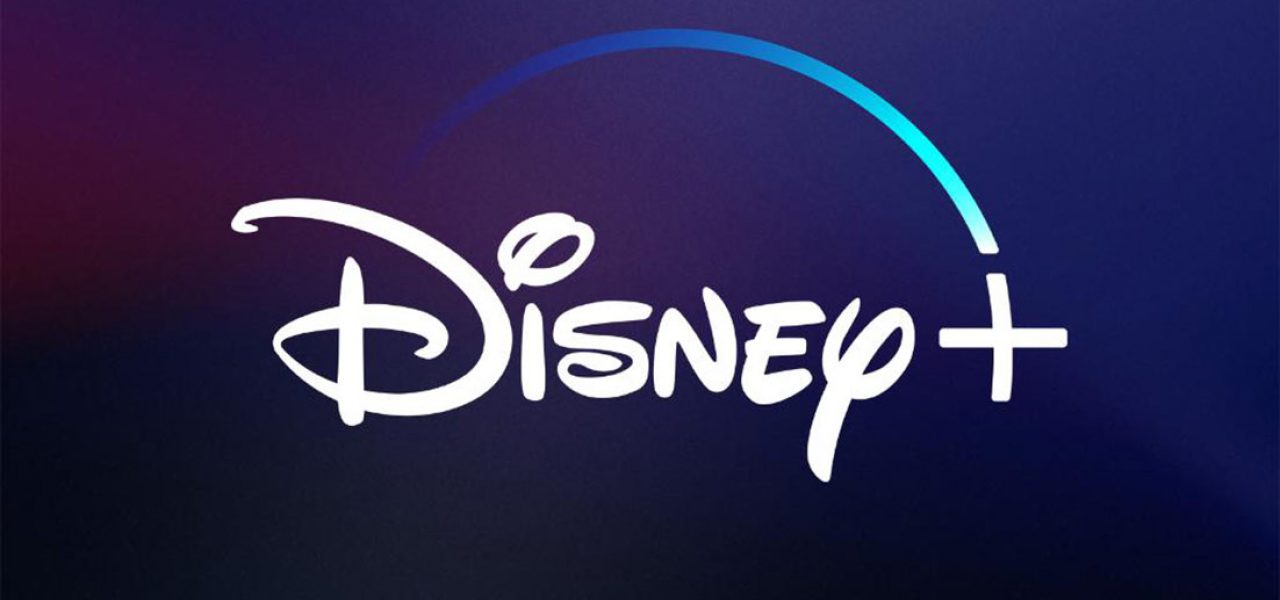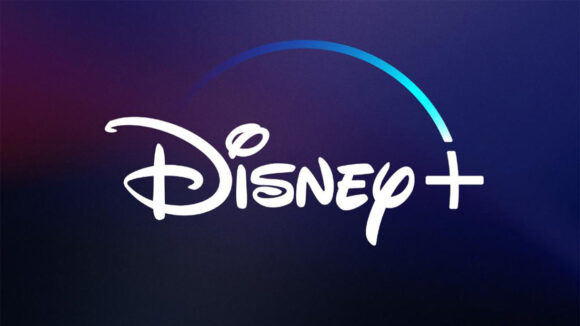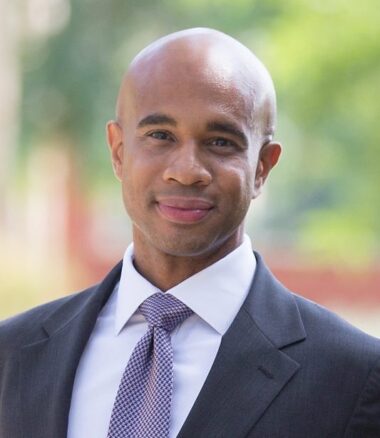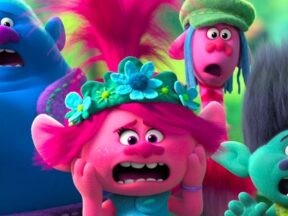

Disney Unveils New Distribution Strategy That Pits Streaming Against Theaters
Bob Chapek, who became CEO of the Walt Disney Company in February, is beginning to make his mark on the company. In its biggest shake-up under his leadership so far, Disney has unveiled a major reorganization of its media and entertainment businesses, with a view to promoting and streamlining its streaming strategy.

Under the new structure, distribution and ad sales are centralized in a new global unit: Media and Entertainment Distribution. The unit is led by Kareem Daniel, most recently president of consumer products, games, and publishing at the company. The new structure is effective immediately.
Daniel has been at Disney for 14 years. Starting at the company as an intern when he was studying for an MBA at Stanford, Daniel has held various roles at the company, including in studio distribution and Walt Disney Imagineering, where he oversaw the creation of IP-based attractions like Star Wars: Galaxy’s Edge at Disneyland and Walt Disney World. Notably, he has no experience in streaming or tv.
Here’s why this new unit is significant: the Media and Entertainment Distribution group will decide how the company’s content is distributed across Disney’s streaming services (which include Disney+, Hulu, ESPN+, and its coming Star international streaming service) and legacy platforms, like movie theaters and television. In other words, Disney will no longer specifically create theatrical films; it will simply create films, and then let its new unit decide whether it would be more profitable to release on streaming or in theaters.
Essentially, the reorganization clearly separates distribution from production, streamlining the decisions behind what content goes where. In practice, there will be a new focus on the streamers — especially Disney+, whose growth has been a bright spot for the company in a dark year. Chapek elaborated in an interview with CNBC:
We want to leave [the decisions about how content gets commercialized in the marketplace] to a group of folks who can really see objectively across all the constituents that we have — the various different considerations that we’ve got — and make the optimal decision for the company, as opposed to somehow having it predetermined that a movie is destined for theaters, or that a tv show is destined for ABC.
The studio’s content will be created by three groups — studios, general entertainment, and sports — which will continue to be led by the same executives as before: respectively Alan Horn and Alan Bergman, Peter Rice, and Jimmy Pitaro.
As well as managing operations for Disney’s streaming services and and tv networks in the U.S., the new Media and Entertainment Distribution will also be responsible for P&L management, distribution, operations, sales, advertising, data, and technology functions globally for Disney’s content production.
Recent weeks have already seen Disney’s movement in this direction. As major theatrical markets remain shut or only partly open, Disney has shifted two of its most high-profile features of the year — Mulan and Soul — to Disney+, drawing ire from theaters. These developments signalled a change in strategy: Disney is now releasing major tentpoles as streaming exclusives.
But Chapek cautioned against interpreting the reorganization as a simple response to the pandemic. “I might say that Covid accelerated the rate at which we made this transition,” he told CNBC, “but this transition was going to happen anyway.”
Although it is still loss-making (by design), Disney+ has performed well since its launch last November. By August, it had 60.5 million paying customers, exceeding company forecasts. The new structure positions Disney to push its streaming platforms more aggressively; the question now is how far it will go. As analyst Rich Greenfield told CNBC’s Fast Money, “Are they ready to embrace being Netflix?” (Watch his commentary below.)
Disney has scheduled an investor day on December 10. It will reveal more about its new structure and strategy then.
Disney shares surging in the after-hours after the company unveiled a reorganization of its key media & entertainment businesses. @RichLightShed breaks down what it means for the stock $DIS pic.twitter.com/dn6qjWcNff
— CNBC's Fast Money (@CNBCFastMoney) October 12, 2020




